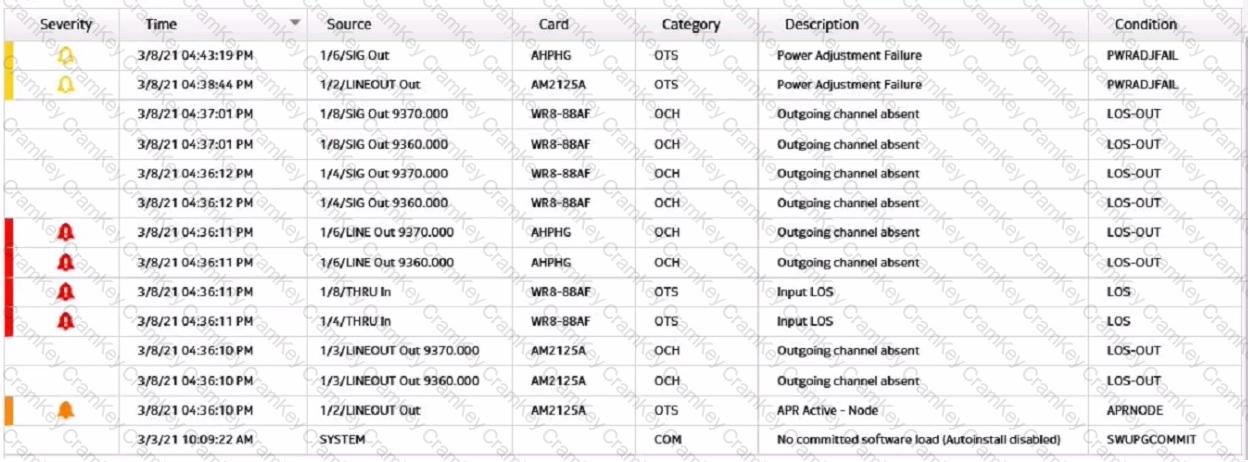Nokia Optical Diagnostics and Troubleshooting Exam
Last Update Nov 17, 2025
Total Questions : 40
To help you prepare for the 4A0-265 Nokia exam, we are offering free 4A0-265 Nokia exam questions. All you need to do is sign up, provide your details, and prepare with the free 4A0-265 practice questions. Once you have done that, you will have access to the entire pool of Nokia Optical Diagnostics and Troubleshooting Exam 4A0-265 test questions which will help you better prepare for the exam. Additionally, you can also find a range of Nokia Optical Diagnostics and Troubleshooting Exam resources online to help you better understand the topics covered on the exam, such as Nokia Optical Diagnostics and Troubleshooting Exam 4A0-265 video tutorials, blogs, study guides, and more. Additionally, you can also practice with realistic Nokia 4A0-265 exam simulations and get feedback on your progress. Finally, you can also share your progress with friends and family and get encouragement and support from them.
Which of the following statements best describes the output of the command: show xc 1?
Which of the following is NOT a characteristic of an Optical Supervisory Channel Loss of Signal (OSC LOS) issue, in case that no "LD Input LOS" alarms are raised against the involved amplifiers?
Refer to the exhibit, which shows a conditions list from the 1830 PSS GUI. (i) What is the total number of alarms reported? (ii) How many service affecting alarms are displayed? (iii) How many conditions are displayed?

Suppose a "Channel Absent" alarm is reported on an 1830 PSS node. What is the recommended order for the following troubleshooting steps?